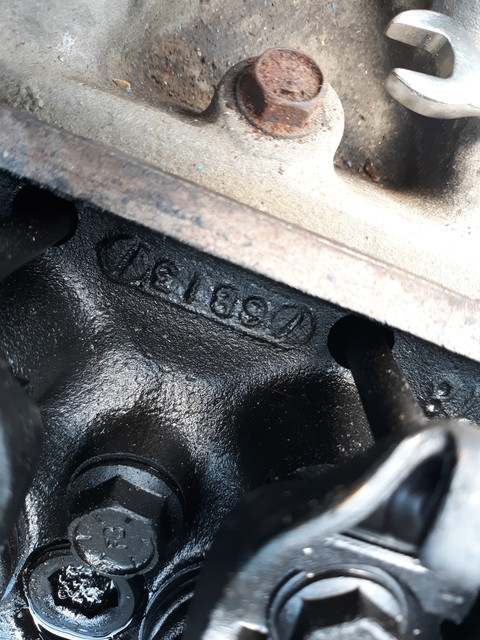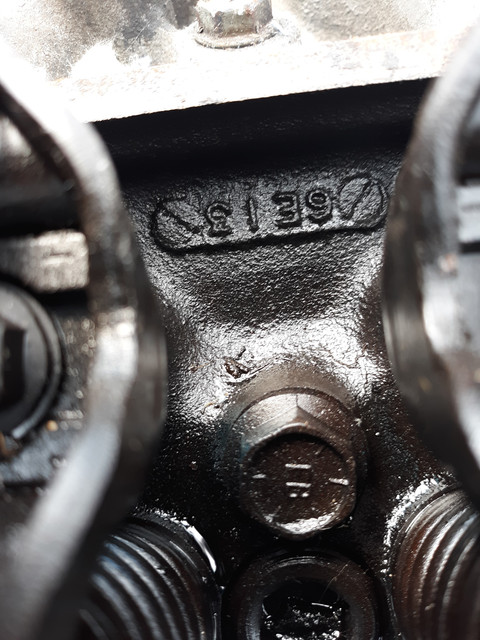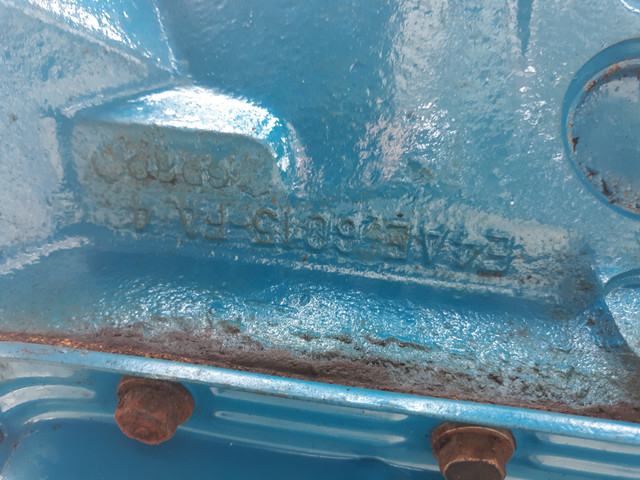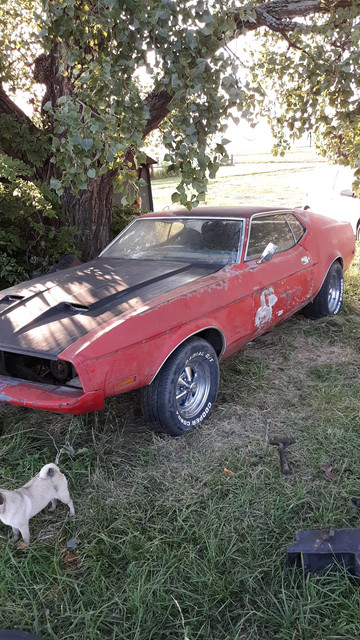48Ford,
Only a face a Mother and people like us could love! Lets see, a little polish and some love and most of that should buff right out! Looks a lot like my once red 71 Mach 1 that is now a nice faded pink while it waits for my money tree to mature. (Your choice on what shade of pink your thinking of)
The 351W really is a good engine choice if you can't find a affordable 351C engine and don't want to big block your car. There is a mind boggling amount of aftermarket support for the W's, especially from Ford Racing (Formally SVO). I was one of the first ones to join the crowd that proclaimed the W would disappear forever after the 351C was released in 1970. Glad Ford kept it around and used it alongside the "H" 351C for car and truck use. It saw use in the full size Crown Victoria through 1991 (1982-91 HO version only available in Police car) and the E and F series trucks through 1996.
You have already received some great info from everyone, so I'll just add some additional items to help you.
All 1969-1996 351 W engines were 28oz balance engines. And of course you are already aware of the 250, 302, 351 C & W sharing the same bellhousing bolt pattern. Starting 7-11-83 there was a new block released utilizing a single piece rear main oil seal. The date codes on your block and heads are all in the Feb, April, May 1986 range so are all probably original. There were 2bl, VV (Variable Venturi) and 84-87 4bl versions available in the truck line with EFI starting with the 88 model year. If you can find a partial vin stamping on the left rear of the block you can try to sort out if you have a car or truck engine.
Starting in 84 Ford did go to a hydraulic clutch set up in the truck line. Since the Mustang used a bracket on the engine side that bolted to the rear of the bell housing, the block with no provision for a pivot stud won't affect your application. If you don't have your original Mustang bracket, they can be found on all 71-73 M/T Mustangs (except 429) and all 72-74 M/T Gran Torinos. )Part # D1ZZ-7A572-A).
Since you stated that the previous owner had already overhauled the engine, I would take Hemi Killers advice and install the engine as is. Run it and then you can evaluate what it might or might not need. Even if it does need to be pulled, it's not like you are pulling a 460 out of a Pinto!
Hope this has helped you with the additional info you were looking for.












